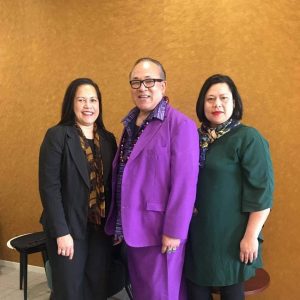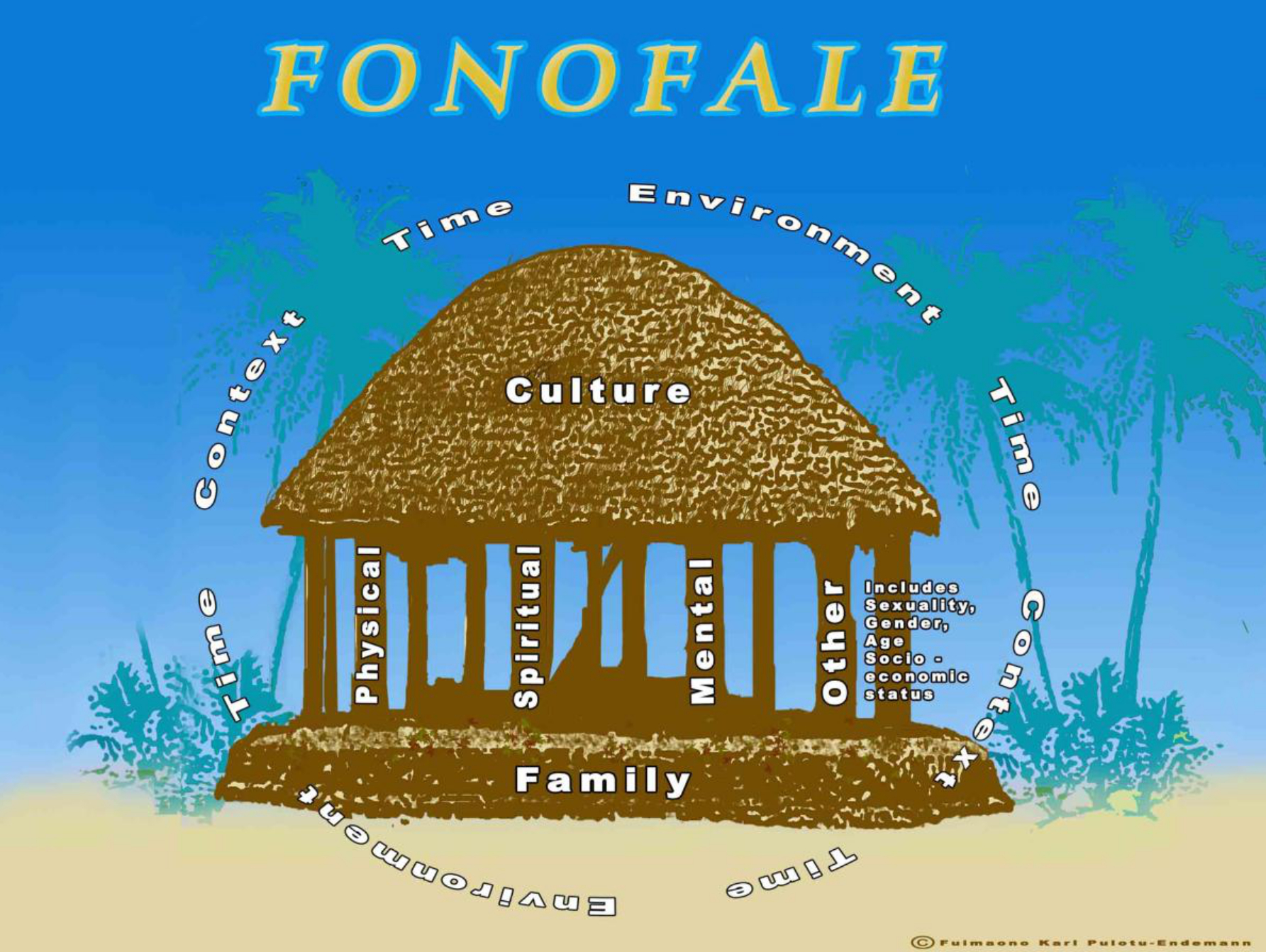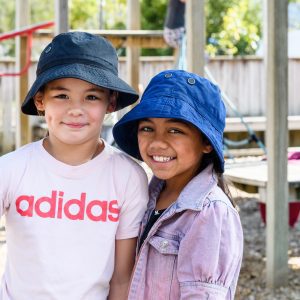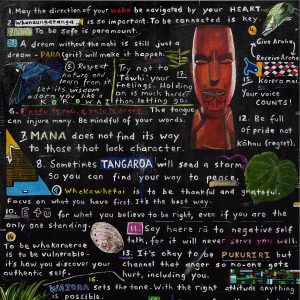



At a recent conference I attended, I heard a speaker at a workshop enthused at a number of models of health and wellbeing. She ran through a myriad of some very impressive line ups mostly from America and Europe. She then gushed to a mostly Pākehā audience about these new, innovative, holistic and – she paused to add – culturally-appropriate models especially in line with wellbeing and the Covid-19 pandemic. I heard a man two seats from me whisper rather loudly, “Not another new bloody model of wellbeing”. I sniggered but was taken aback when the speaker announced that the model she favoured because of its holistic approach from a Pacific perspective was the Fonofale Model.
I recalled a similar reaction from undergraduate nurses when I was teaching at Manawatū Polytechnic in the 1980s. This is where I created and introduced the Fonofale Model. “Not another lot to learn,” they would chime.
My answer to students then and to that man in the conference now is, “If the Fonofale Model doesn’t help or isn’t of use to you – throw it out!”
The most important thing for the Fonofale Model (apart from the name – a dedication to my maternal grandmother) is the viewer, or in this case, the reader of this opinion piece. You can read this and use it or discard it. The power lies with you. Seriously. I developed the Model to help provide solutions as there were many models, but most focused on identifying problems without being solution-based.
The foundation of the Fonofale Model is the family, in my case the extended family or aiga with the overarching roof of Fa’a Samoa, the Samoan way or cultural worldview of Samoa. My grandparents taught me at an early age about my aiga (extended family) and Fa’a Samoa (Samoan way). This was my early grounding along with my sexuality as a fa’afafine, the sense of wellbeing or Soifua saogalemu (Peaceful life) and Fa’asinomaga (Identity/Belongingness). This is holistic view of Soifua maloloina (Well life/Health). I quickly learned, arriving in New Zealand at the age of nine in 1959, that being Samoan and fa’afafine – supported and nurtured by my aiga in Samoa – was not tolerated in New Zealand. And, to some extent that intolerance still exists today. For me, it’s the non-negotiable of what makes me, me.

The Fonofale Model is holistic. The best example of an explanation and application is shown in the YouTube video called “A Pasifika Worldview”by Leisha Williams of Ako Aotearoa. The video shows how teachers can apply the Model to assist Pacific learners. It also shows the various ways of approaching the Model, for instance from “outside” to “inside” the fale starting with the Context, Time and Environment, and then the other dimensions of the Model. Health professionals tend to focus on the Physical dimension. Church ministers, the Spirituality dimension, whilst youth workers use the Other dimensions. What matters is that all dimensions of the Model are addressed.
The Covid-19 pandemic has shown the huge gap between the health sector and Pacific communities. The mental health issues that have arisen as the result of the pandemic and lockdown are connected to unemployment, inability to pay rents, lack of food and clothing, family violence and absenteeism from schools.
Le Toloa was contracted by the Ministry of Education to provide culturally and clinically safe mental health and wellbeing support to Pacific learners, parents and teachers to support positive learning outcomes. Le Toloa has found that health for Pacific people is made of social determinants that sit outside the health sector. One of the key determinants to health is education. This is the rationale of our work with Pacific mothers, their families and teachers at low decile schools in South Auckland.
The Fonofale Model was applied at the Le Toloa workshops as well as the use of Pacific and Samoan proverbs which is the namesake of Le Toloa: “E lele le toloa ae maau lava I le vai” (“The Toloa bird leaves its home, the water, and flies all over the world but always yearns to return to its home”). Before being a teacher or a parent, a person is born within a family that identifies with a cultural orientation such as Samoan, Māori, Tongan or Pākehā. The beginning journey to health and wellbeing is knowing yourself, your past, present and future.
Le Toloa’s workshops start with the exercise of writing, “My name is…” All participants must take part because this is the start of the cultural journey or “returning to the home base”. The result is that many are named after an ancestor, friend, a well-known film star (“My father didn’t know how to spell the name so I was left with his version!”), or as in my grandmother’s name, an event, “meeting” fono of matai “in house” fale – literally “fono i fale”, which was later shortened to Fonofale.
During the “My name is” exercise there is always an emotional outpour when the participants realise the importance of their name – the context, the time and the environment in which they were named. That they were the messenger of their familial history and the sense of belonging and wellbeing.
Leota Dr Lisi Kalisi Petaia and I worked in Samoa during their tsunami recovery in 2009 and the Christchurch earthquake in 2011. The learnings from these disasters were that the mental health of people that were closest to the event and first responders must be addressed first. In our workshops we asked teachers and parents in relation to the pandemic, “What’s your understanding of what is happening and how has this affected you and your family?” The response from the groups was to understand the “what”, “why” and “how” of the coronavirus and how to cope. They reported that the language of and delivery by clinicians and health services were not being fully understood at the community level. This feeds the cycle of children not flourishing at school, absenteeism and it means that people are always on catchup.
Assisting parents as the “first teachers” for their children and their teachers at school to continue the work for the health of the children is a collective effort. The schools like Rowandale in South Auckland with support are doing more than their share. The Fonofale Model is a tool for the parents, teachers and communities to assist with the health and wellbeing of their people.
Not another new bloody model of wellbeing – the Fonofale Model is not new. It’s been around for over 30 years. It’s just taken that long for the right people to see and be able to use it. The rest is up to you.
la manuia.
Soifua.
Le Toloa is a Pacific mental health and wellness training specialist provider. Directors: Fuimaono Karl Pulotu-Endemann, Matai and nurse (middle); Leota Dr Lisi Kalisi Petaia, Matai, consultant, forensic psychiatrist and first Samoan and woman psychiatrist in the Pacific (left); Bella Bartley, a senior contract manager (right). Photo: Supplied. Special acknowledgement to Principal Karl Vasau, teachers, parents and families of Rowandale School and other schools in the South Auckland area.
Watch “A Pasifika Worldview” by Leisha Williams.
Related Posts

Education professionals will know the popular hauora model Te Whare Tapa Whā, but what does it mean in practice? Ako finds out.

One of the most powerful forces in tamariki wellbeing is their own voice. Read about how these schools let tamariki lead the way.

Making art helps us slow down, process our feelings, and gives us permission to care for ourselves. Ako talks to schools who use art practice to support hauora and bring in joy, colour and wonder.

Ako talks to early childhood educators about how they use attachment theory to create secure relationships with tamariki, and the barriers they have to overcome.